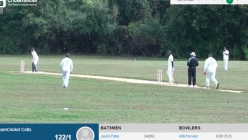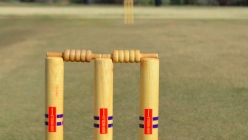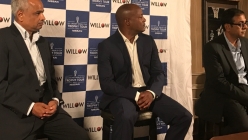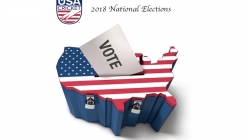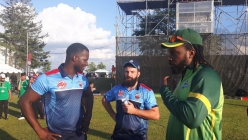Cricket Challenges & Opportunities
GT20 Lessons for the United States
2018 Jul 26 by DreamCricket USA
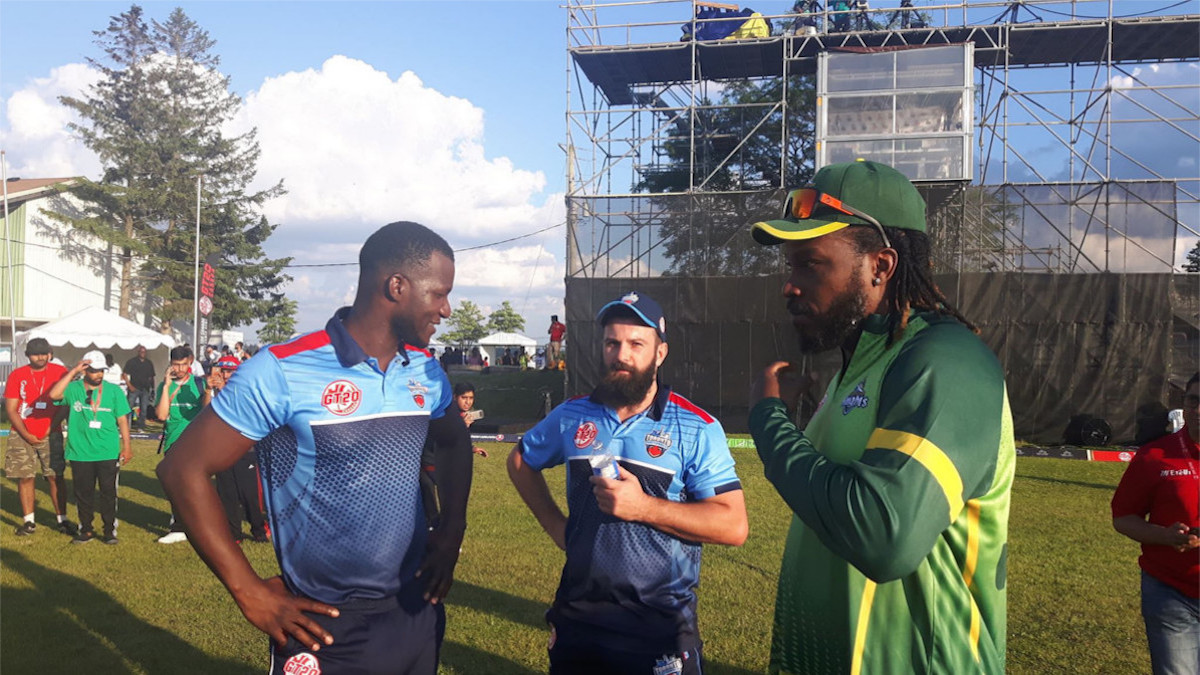
The Global T20 has come and gone, and putting all the negative critique aside for a moment, some hearty congratulations must go to everyone involved, from Mercuri Group the owners, the organizers, Cricket Canada, and to the Vancouver Knights for being crowned the inaugural champions.It is very probable that the United States will have a professional, franchise style T20 tournament of its own in the coming years, and the GT20 has in one sense done us a huge favor.
It is very probable that the United States will have a professional, franchise style T20 tournament of its own in the coming years, and the GT20 has in one sense done us a huge favor. We can glean numerous lessons from what the Canadians have achieved over the past month or so, both what-to-do and what-not-to-do, to give Major League Cricket (hey, why not?) it’s best chance of success in the biggest sporting market the world has ever known.
Let’s be clear, a professional league has huge potential ramifications for the growth of the sport here. It could be a massive shot-in-the-arm for cricket, or it could be another missed opportunity, which in all seriousness could be the final nail in the coffin after decades of false starts. The GT20 seems to have skirted the boundary of both of those outcomes, and it remains to be seen whether there were enough positives for investors to commit to a second year.
So onto the lessons for the United States…
Marketing & Fan Development:
For cricket, or any sport for that matter, to be a success in North America, there must be a robust fan-base that is reflective of the broad cross-section of our society. There is scant evidence to suggest we can continue to rely solely on Americans of South-Asian, West Indian, or Commonwealth heritage to drive cricket commercially. Doing so will ensure that cricket remains a niche sport in the United States, and will almost certainly guarantee the failure of an undertaking of this magnitude. Don’t get me wrong, those of us who have cricket in our blood will continue to have an important role in leading and administering the sport for the foreseeable future as we currently hold a mortgage on cricket intellectual-capital and expertise. But, every effort must be made to break through into the ‘mainstream’, and unlock the huge potential of the broader american sporting market. The vast majority of marketing efforts and advertising spends must be geared towards the average US sports fan, not existing cricket fans. Don’t look to the IPL as an example, but rather look to the NFL, NBA, MLB, and to a lesser extent the MLS. The power of the mainstream media must be utilized, rather than only direct marketing to the cricket community and/or advertising solely on cricket based websites. Partnerships with other emerging sports like Rugby and Soccer could be established to tap into their fanbase, enlisting the help of influencers and celebrities from the wider entertainment fields of music and film/television should be investigated, and every effort must be made to ensure that this product is dripping with Americana rather than reproducing what other cricket tournaments are doing in other parts of the world.
Facilities:
With the Central Broward Regional Park (CBRP) stadium standing as the only ICC ratified cricket ground in the country, there is obviously significant work that will need to be done to build facilities that are up to the standard required for a pro-cricket tournament. We saw the challenges the GT20 faced with a ground that has sub-par drainage, a questionable block, and second-rate facilities. This can’t be allowed to happen in the U.S. The mainstream media would tear us to shreds, and the fans would vote with their feet if the pitch and outfield, and customer experience at ground is not world class. There is an opportunity to upgrade the likes of Moosa Stadium in Houston, Woodley Field in Los Angeles, World Sports Park in Indianapolis or BPL Cricket Stadium in Chicago, Idlewild or Floyd Bennett in New York, and WCC Turf Park in Maryland or Church Street Park in North Carolina. This would give each of the 6 zones a venue from which to base one of 6 proposed franchise teams.
The other option, which may be more attractive to any big-time investors, would be to build purpose built facilities from scratch. If this is the case it would be interesting to see the approach - do they build giant concrete monolith’s with 25k+ capacity, or boutique family-friendly stadiums with grass banks and trees?
Either way expert pitch curators will need to be employed, and the wider facility will need to be well designed to incorporate world class sports entertainment and all of the extras that go along with that (parking, public transport, disabled access, clean and efficient bathroom facilities, affordable and accessible food and drink etc).
Which leads me to...
Experience At Ground and Beyond:
One of the great things about American sport is that a person can attend an NFL, NBA, or MLB game, be only mildly interested in the actual sporting spectacle, and still be thoroughly entertained for 3+ hours, and leave with a desire for more. From the moment a customer purchases a game ticket they need to be enticed with engaging add-ons that augment their experience. The options here are limitless, but cricket in this part of the world has always done this extremely poorly. And from a personal point of view, please no cheerleaders!
Making Local Players The Heros:
Sports fans in the USA are incredibly patriotic, and as a general rule care more about US domestic sport and US domestic players than International competition or superstars from another country. Ironically this is almost completely flipped when it comes to the existing USA cricket community. We can’t expect the wider U.S. sporting public to care as much as we do about the involvement of a Shahid Afridi or Andre Russell in our domestic T20 product. Yes those big name players will be an important part of the mix, and will go along way to giving the tournament credibility internationally and with broadcasters etc., but we must make our local players the face of this competition.
The GT20 saw a handful of Canadian and US players put in eye-catching performances. Canada’s Nikhil Dutta and USAs Ali Khan had some good moments with the ball, whilst USAs Kyle Phillip showed promise as a raw quick. Canadian skipper Nitish Kumar scored a 50, and averaged 20 across the tournament, and the tournament ended with a man-of-the-match performance from Canadian LAO allrounder Saad Bin Zafar in the final. Unfortunately these performances were an anomaly rather than the rule, and mainly because other local players simply weren’t afforded the opportunity to perform.
Organizers of the U.S. tournament simply have to get the mix of players in each team right. They need to balance the pulling-power of big international names vs the need to give opportunity to local talent. My feeling is that they need to lean more towards giving local players precedence. My suggestion would be initially that 3 U.S. players (of 5-6 in the wider squad) must play in each XI, alongside 1 Canadian and 1 other associate player. This leaves six spots for big name players from around the world. I’d like to think that this would increase over time, until only 4 players from overseas are afforded spots in any starting XI. This would also align with other major T20 tournaments such as the IPL and Big Bash.
This is certainly not an exhaustive list of challenges that the organizers will face, however it pinpoints a few key areas that were highlighted by the goings on in Toronto. It will be exciting to see the professional cricket landscape unfold in the coming years in this country. The opportunity is immense.
